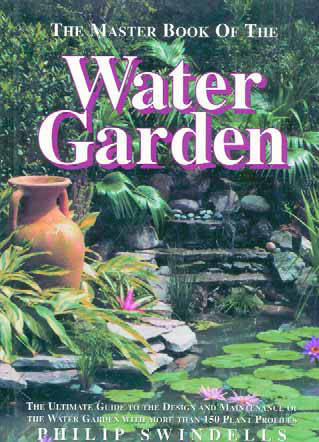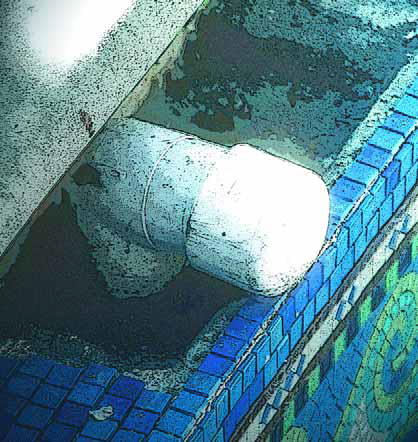design
A number of you have asked me, with varying degrees of urgency but no outright threats of bodily harm, to lighten up on what you see as
Next to the water itself, concrete is the most important and widespread of materials used in watershaping. Not only is it instrumental in creating the structures that contain water as well as the substructures that support them, concrete is also the stuff of which faux-rock panels, pre-cast or poured-in-place coping, pavers, all manner of stamped or textured decks and poured-in-place or block walls are made. Despite its omnipresence, however, concrete remains one of the most misunderstood of all watershaping materials in this sense: Because it is so durable in basic structural applications, there's a tendency to
Experts in watergardening and pond enthusiasts of all stripes are quite quick to claim that their form of watershaping is the fastest-growing segment of the industry and trumpet a history that stretches, they say, to the Islamic world, Japan and Europe. I can't say whether they're right or wrong with their assertions, but it's my sense as someone who's been designing with water for many years that the current trend toward naturalistic ponds and streams is quite strong (and probably getting stronger) and that it's important for all of us professionals to approach the art and science of "living" watershapes in a deliberate and thoughtful way. To that end, I've examined many publications dedicated to watergardening - and I'd be lying if I said that I've been
Now we come to the finishing touches - little details that make a big difference in the ultimate appearance of the renovated pool we've been watching develop here for the past several months. Through those many months, we've taken a pool that's more than 70 years old, rerouted all of its plumbing through cores cut in the old shell, added a circular spa in the shallow end, raised the floor in the deep end, reshaped the steps, added lights in a new, pool-long bench, installed all-new equipment and laid down gorgeous glass tile throughout - all without disturbing the beautiful limestone decking that surrounded the pool. As the project came to a close, we turned to a final
I've always loved the word "pamper." I love its meaning, I like the way it sounds and, most of all, I think it's the perfect verb for us Baby Boomers, because I know as we slide through middle age and head toward retirement, a word that means "to treat with excessive indulgence, gratify desires or coddle" will only grow in usage and importance. As I've pointed out many times, I'm a big proponent of indulging in the good life and gratifying one's needs for pleasure and enjoyment. One of the places you can go to plunge headlong into such indulgence is what some people call
Natural stone is certainly beautiful, says watershaper Paolo Benedetti, but sustaining that beauty often means taking steps in the installation process to ensure easy maintenance and enduring protection of the stone's exposed surfaces. Here, in the first of a series on enhancing the appearance and durability of hardscape materials found around watershapes, he takes a look at the family of chemicals designed to seal in the splendor of stone.
Founded in 1634, Boston Common is the oldest public park in America - a significant and historic public place. It is familiar to us as Bostonians, of course, but we've also been privileged as a firm to have worked there before, when we renovated the park's main watershape, the Frog Pond, to serve as a splash pool in summer and as an ice-skating rink in winter. During the pond renovation, we learned that tackling projects in such storied surroundings can be a tall order. For example, we had to place all of the pond's chillers and pumping equipment underground to mask any obvious intrusion on the 17th-century space. As we approached a second major project - this time the renovation of the park's playground - we knew going in that those who hired us were keenly sensitive to the nature of the place and came armed with preconceptions about colors, images and what would be "appropriate" for the setting. To keep things moving, we worked very closely with the city's Historic Commission in establishing the color palette, procuring artwork and developing an overall plan that would result in a space that was attractive and safe for children and suited to the surroundings. To be sure, the negotiations were intense as we
Just as with species in the animal kingdom, architectural construction styles and techniques evolve over time, adapting to changes in the environment. In the case of fountains, these evolutionary transitions have been both complex and indicative of broader trends. Ancient wellsprings, for example, eventually gave way to decorative fountains with intricately carved stone sculptures. More recently, monolithic block, walled and stepped fountain forms have held sway. It's not much of a stretch to say that the latest significant "mutation" in this remarkable lineage is the dry-deck fountain: At a time when open space is at a premium and the public is being invited as never before to interact and participate in the architectural landscape, dry-deck fountains may well be the






















